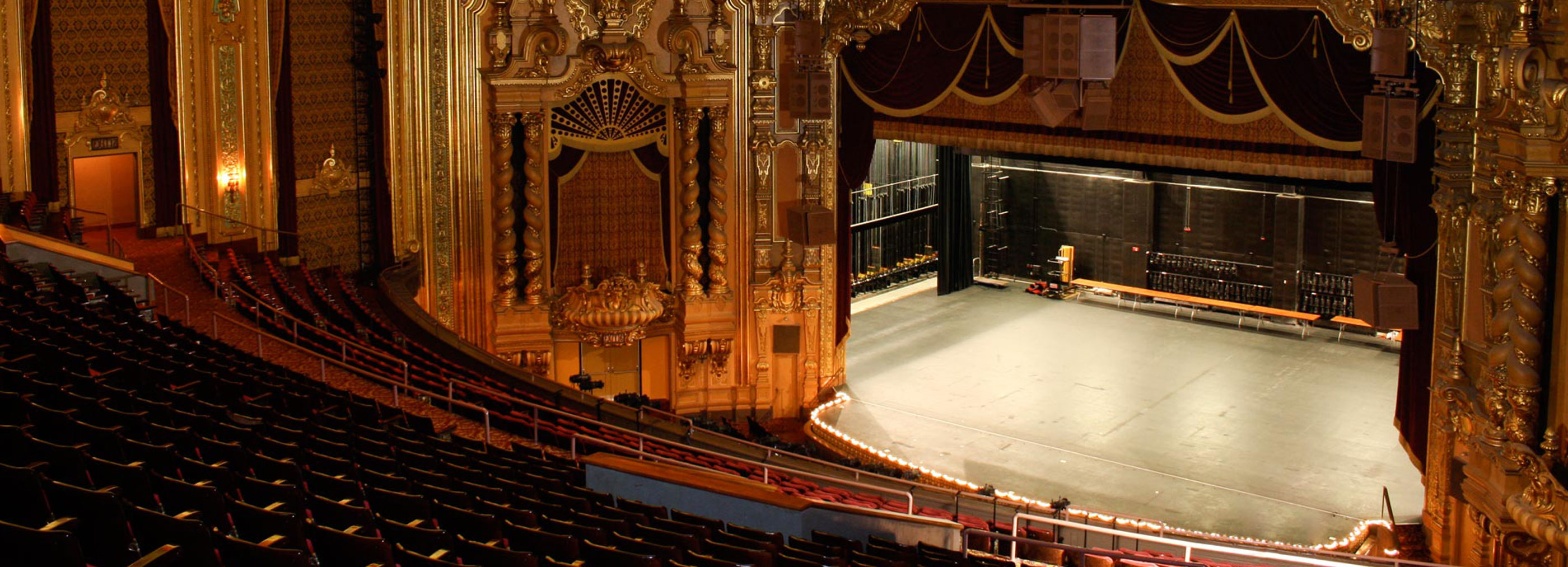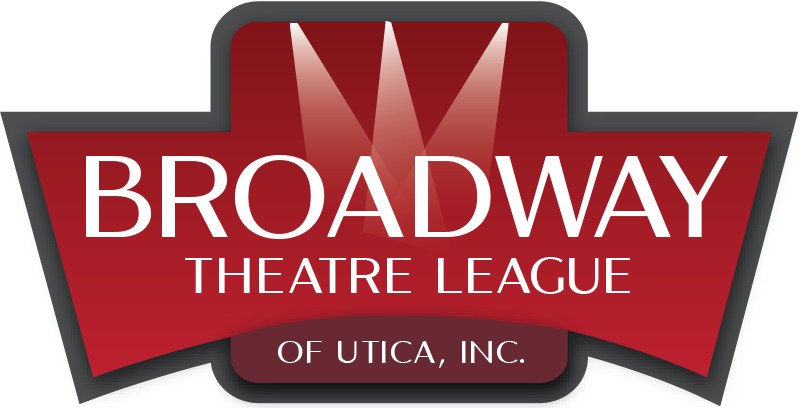The Broadway League, the national trade association of the commercial theatre industry, announces that New York is now the fourth jurisdiction in America to offer financial incentives to investors who originate live productions within New York State, effective for tax year commencing January 1, 2015. Included in the budget for Fiscal Year 2014 – 2015 is a program offering a 25% tax credit to producers who tech their shows in New York’s facilities.
Nick Scandalios, Chairman of the Broadway League and Executive Vice President of the Nederlander Organization, said, “We are delighted that the executive and the legislature have expressed their appreciation for the significance of Broadway to all New Yorkers, not only for maintaining our status as a world-renowned model for artistic expression, but for the way live theatre serves as a powerful economic driver. Our State’s leaders’ commitment to investing in the future of this industry will attract financing from across the country and around the world, helping to ensure that New York State remains the true home of Broadway.” He continues, “We extend our gratitude to Governor Cuomo, Senators Skelos and Klein, Speaker Silver and to Senator Betty Little and Assemblyman Angelo Santabarbara for their commitment to this vital initiative.”
New York has at least eight Upstate theatres that are ideal for teching and launching new plays and musicals, however tax incentives in Rhode Island, Illinois and Louisiana have attracted many productions away for the past five years. This new program, combined with New York’s infrastructure and multitude of highly skilled laborers, will ensure its national competitiveness while serving to financially sustain regional theatres during months when there is typically little activity and houses are often dark.
Al Nocciolino, The Broadway League’s Vice Chairman of the Road and President & CEO of NAC Entertainment, specializing in the presentation of Touring Broadway in Buffalo, Rochester, Syracuse, Binghamton, Elmira and Albany, said, “With other states offering aggressive tax incentives for theatrical production, New York’s venues have struggled to stay competitive and attract new shows. However, this incentive levels the field and will, without question, drive millions of dollars into New York. Producers balance four criteria when determining where to tech; availability of skilled labor, infrastructure, accessibility and cost. With this program, New York will be one of the most attractive places to invest in new productions while also providing a massive boon to the many beautiful venues that serve the Upstate region.”
Philip Morris, CEO of Proctors in Schenectady, NY, said, “The legislature’s and Governor’s support of this incentive is a game changer. Not only because Upstate cities and theatres get more richly connected to the hum of Broadway by attracting more national tours, but what has been New York’s theatrical industry: scenic construction, costume building, lighting and sound design, has less reason to be dissipated to other parts of the country. Five years from now we will all be wondering what we would have done without this upstate theater credit!”
“Broadway Theatre League has seen firsthand the benefits of hosting a tech show. We have had the unique pleasure of working with NETworks, Troika, and Work Light Productions, and have hosted six tech shows to date, including: American Idiot, We Will Rock You, and Joseph and the Amazing Technicolor Dreamcoat. Hosting these tech productions has put Utica on the Broadway map and brought millions of dollars to the area. I would like to thank my colleagues in the theatre industry, as well as Senator Little and Assemblyman Santabarbara for making New York’s live entertainment industry a priority in the State’s fiscal policy,” said John Fehlner, executive director of Broadway Theatre League of Utica.
A show’s tech period, generally requiring between two and four weeks, is the phase in its development when the production is readied for launch; a large venue is rented to facilitate the construction of sets, costumes are fitted, performance cues are choreographed and microphone frequencies are coordinated. Producers spend millions of dollars during this time employing local stagehands, occupying dozens of rooms at area hotels and paying the cast and crew meal per-diems which they spend locally. In addition, once the tech period concludes, the show will normally hold several public performances at the venue and stimulate hundreds of thousands of dollars of supplemental economic activity through additional use of the venue and audience spending.



